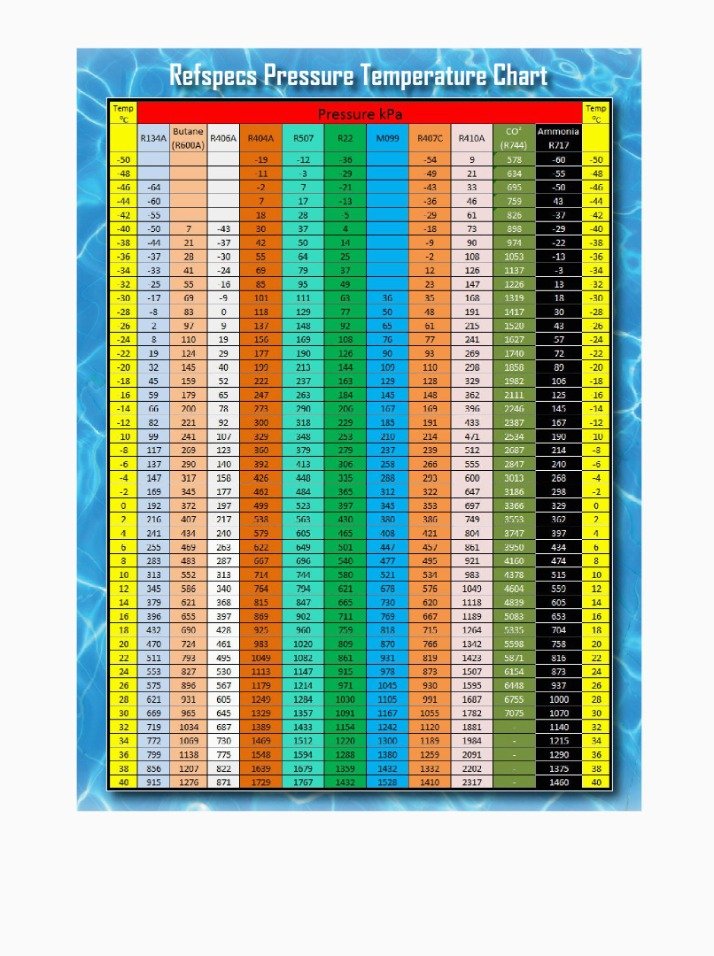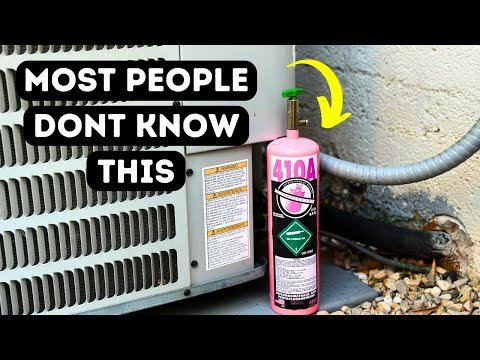No products in the cart.
Other Info
Understanding R-410A Refrigerant Prices for Homeowners
If you’re thinking about getting an AC replacement soon, this is the opportune time to learn more about how these updates can affect your home’s comfort. AC units cannot seamlessly transition from R410 to A2L refrigerants. The air conditioner must be designed specifically for the A2L product. Therefore, the move to new refrigerants will only impact customers who are installing new units. This means that technicians must stay up-to-date with the best practices for working with both types of refrigerants as the transition is underway over the next few decades. Though home comfort is a wonderful luxury, it’s important to balance a comfortable environment inside with a healthy global environment beyond the walls of your home.
If you’re considering purchasing R410a refrigerant or a r410a small can, Budget Air Supply offers a 1.8 LBS Cylinder/Can R410A with Easy Recharge Hose and Gauge. If you have any questions about the safety of R410a, consult with a qualified HVAC technician. There have been a number of myths and misconceptions floating around over the last few years pertaining to R-410A refrigerant and the equipment that uses it. Some of these are completely untrue, and some are simply exaggerated.
Depending on where you live, replacing your old heating and cooling equipment with equipment that has earned the ENERGY STAR can cut your annual energy bill by more than $160. But before you invest in a new system, make sure that you have addressed the big air leaks in your house and the duct system. People can continue to use air-conditioning (AC) equipment that uses HCFC-22, whether it is a window unit or a central cooling system. r410a refrigerant EPA does not require homeowners to replace their existing equipment.
That’s because the distinct properties of R-454B refrigerant and R-32 refrigerant make existing R-410a systems incompatible. But don’t worry—you can keep using your current R-410a system for now. Just remember that as time goes on, the cost of repairs and tune-ups will rise as R-410a becomes scarcer. R-454B refrigerant is anticipated to be particularly effective due to its GWP being around 78% lower than R-410a. Although R-454B refrigerant is technically more flammable than R-410a, updates to system designs and maintenance practices will ensure servicing is just as safe to perform. The EPA’s SNAP Rule 23 identifies six A2L refrigerants as safe alternatives to R410.

Even though many HVAC manufacturers have already ended production of systems that use R-410A, they’re still widely available and relatively affordable. It’s important to weigh all of your options before making that choice, however. Some R-410A systems are more expensive to install than their older counterparts, potentially offsetting any energy savings the new system can deliver. This means that when it comes to global warming potential, less of an impact is made during emissions into the atmosphere. In addition, R410A uses less energy than R134a because it has a higher pressure capacity.
The R-410A is a hydrofluorocarbon (HFC) and is considered safe for the ozone layer. Puron is the approved refrigerant and has become the standard refrigerant for most cooling devices. The hydrochlorofluorocarbon(HCFC) was discontinued because it contributed to ozone depletion. Most new systems don’t use the refrigerant, and the supplies are limited following its discontinuation. Beginning in 2018, legislation has targeted higher-GWP refrigerants such as HFCs like R-410A, and it’s likely the refrigerant will meet a similar fate as the R-22 it was developed to replace. R-410A was developed and patented in the early 1990s by what is now Honeywell International and is known by such trade names as Puron and Suva 410A, among others.


